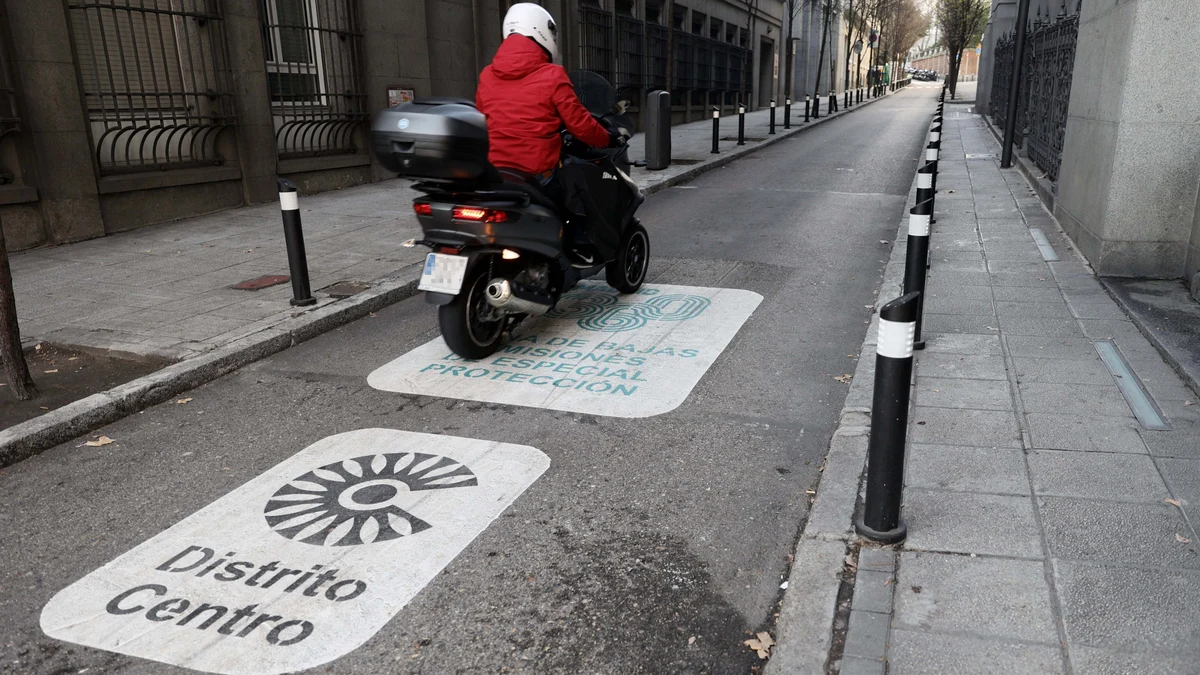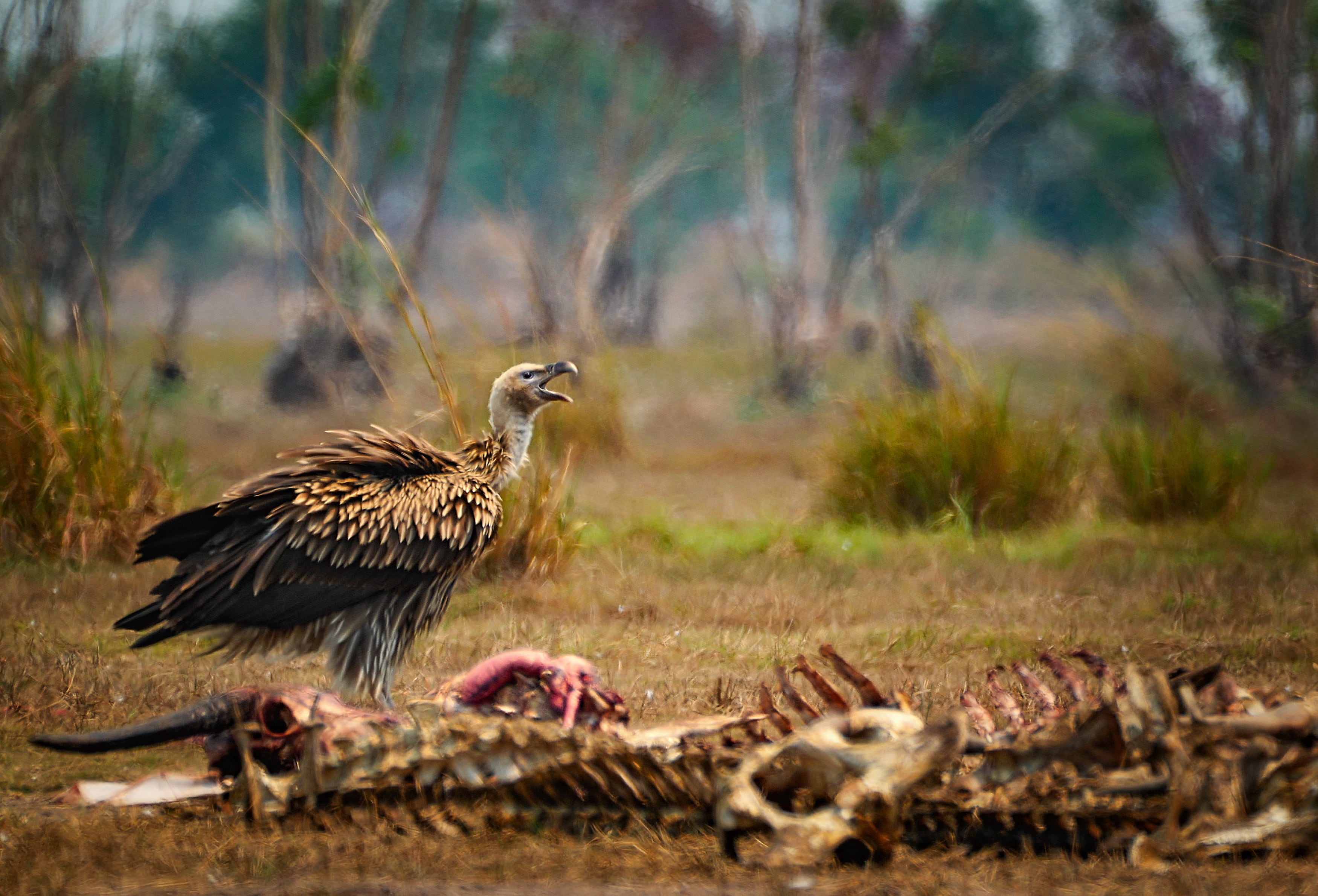Q. What can I do to make my grass look better? My lawn has some brown spots and areas where there’s more weeds than grass.
After a few weeks of 100-plus temperatures, most lawns are not going to look their best. Now that summer is winding down, there are some steps you can take to ensure that your lawn will be healthy in the spring. Late summer and early fall in Southern California are still likely to bring a few more very hot days, so I’ll cover what you can do now and what you can do once the weather finally cools off (hopefully by early November).
Brown areas in your lawn are probably due to some sort of irrigation problem. Sprinklers should provide head-to-head coverage over the entire lawn. Sometimes dirt or insects enter the system and can interfere with sprinkler function. Sprinkler heads can also become mis-aimed, but this can be easily corrected by twisting back to the correct orientation. MP rotator sprinkler heads are a worthwhile upgrade since the rotating finger-like spray pattern minimizes evaporation and delivers water more effectively to where it’s supposed to go. Some water departments offer a rebate on these sprinkler heads, so that’s worth looking into.
Grass can produce thatch that interferes with pop-up sprinkler heads. Inspect each head and remove any material that is overgrown.
Ground settling can result in uneven terrain that may interfere with spray coverage. Sometimes this can be corrected by simply replacing a pop-up head with a taller version. If there’s more extensive settling, resulting in a pronounced low spot, you may have to correct it by filling it in and repositioning the sprinklers.
Weeds can be pulled by hand or spot-treated with herbicide. If you don’t have the time or energy to pull weeds, at least cut any flowers off before they form seed heads so the problem won’t get worse.
Once the cooler weather arrives, you can de-thatch and aerate. Make sure your lawn is weed-free, then mow the grass short. Remove thatch by using a thatch rake. If the thatch is thick you may want to rent a machine (or hire someone to do it).
Once thatch is removed, the lawn can be aerated. This is especially beneficial if your soil is heavy. Aeration can be done manually or by machine.
Reseeding can be done after de-thatching and aeration. The whole lawn can benefit from overseeding, with extra seed applied on the bare or sparse areas. Top-dress and water lightly but frequently until the new grass appears. And hope that the birds don’t undo all your
Los Angeles County
mglosangeleshelpline@ucdavis.edu; 626-586-1988; http://celosangeles.ucanr.edu/UC_Master_Gardener_Program/
Orange County
ucceocmghotline@ucanr.edu; http://mgorange.ucanr.edu/
Riverside County
anrmgriverside@ucanr.edu; https://ucanr.edu/sites/RiversideMG/
San Bernardino County
mgsanbern@ucanr.edu; 909-387-2182; http://mgsb.ucanr.edu
Related Articles
Burned leaves and problematic pear trees: Questions for the Master Gardener
Tips for the best pruning practices for the garden
Gardeners, avoid making these vegetable planting mistakes
Why you should start your winter vegetables indoors
What to know about field bindwind and wolf spiders

























